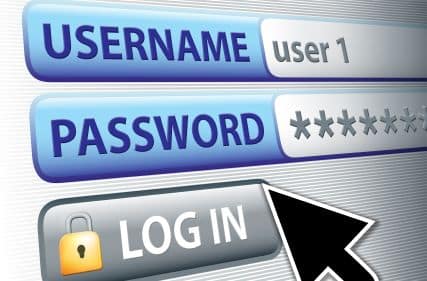Hackers have declared open season on the biggest online companies, with the latest target being Citibank—you know, only one of the largest banks in the world, and it appears that Citigroup knew about the break-in since last month. Wonderful.
As Citi execs and federal regulators sort out this latest hack attack, which compromised the names, account numbers, contact info, and email addresses of about 200,000 customers (birth days, social security numbers, and card security codes weren’t pillaged, according to Reuters), now might be a good time to do a little something to strengthen your own online security.
Yep, you guessed it: time to change your online banking password—and ideally, to something a little stronger than “mydogspot” or my favorite, “password.”
Microsoft has an excellent how-to about creating a so-called “strong” password—and indeed, they’re not kidding around. The page recommends coming up with a password that’s no less than 14 characters long, complete with a jumble of letters (both upper- and lowercase), numerals, and symbols.
The site also links to a password checker that will tell you if the password you picked is long enough.
Now, here’s the most annoying part (and I admit, it’s advice that I have a hard time following myself): only use your new password for your online banking account. That way, if hackers manged to crack, say, your Amazon login (which seems increasingly likely, given all the big companies that have fallen prey to security breaches lately), the bad guys won’t be able to sneak into your checking account, too.
Will changing your passwords protect you from each new wave of hacker attacks? No, unfortunately—but why make life easier for ’em?
Anyway, just do it (and yes, I’ll do it myself today, too). It’ll take you five minutes.


Trackbacks/Pingbacks